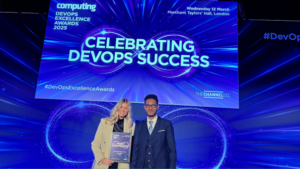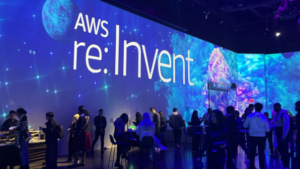Making the decision to move from Alfresco Community to Enterprise
Alfresco as an open source product is great because it is free to use (GPL Licence), but only when they are offered as a Community Edition. Functionalities of Community and Enterprise are exactly the same. But Enterprise Edition differs by the service or support that you eventually have to pay for. Beyond that, what are the differences between Community and Enterprise, and why is Enterprise Edition recommended for commercial deployment?
This is one of the key questions that we have answered for our customers very often, and on the other hand, is a key decision-maker for businesses. Let’s see how it differs.
Differences Between Alfresco Community Edition and Alfresco Enterprise
| Enterprise capabilities over community | Business impact | |
| 1 | Administration through Share Admin Console, which is elaborated by a GUI. No requirement to enter code level or restart to reflect changes.Perform repository, email and transformation settings from admin console. | Effective user management and access permissions.Centralised administrative operations.User friendly and faster changes, thus no requirement for expertise on Alfresco. |
| 2 | Support for enterprise databases (Oracle, SQL Server), enterprise applications (WebLogic, WebSphere), and integrations with partner-owned proprietary applications. | Improved storage management and archiving that ensure compliance to industry-wide regulations and worldwide standards. |
| 3 | Clustering (more than one CPU)Storage policies for defining classes of storage. | High availability and performance in order to support business critical applications.Improved business performance. |
| 4 | Transformation server | High quality views, performance and familiar office environment.Maintain professionally formatted documentation. |
| 5 | Hybrid sync to connect with Alfresco Cloud. | Increased security for internal and external user access to documents.Increase mobility and versatility. |
| 6 | OS support for Linux, Windows and Solaris.Browser support for Firefox, IE, Safari and Chrome. | Portability across organisations using different platforms of operations.Adaptability to chosen IT strategy and infrastructure. |
| 7 | Run time index check, check for consistence, fix errors on the fly, no server restarts required. | Reduce costs for searching documents; minimize downtime of system, lower internal maintenance. |
Mission criticality or business criticality:
The more mission critical the business process running on the software is to the organisation, the more it makes sense to pay someone to maintain its continuous operation.
Switching costs:
If something goes wrong with a library, the ability to replace it or code a workaround may be easy. But if the entire ECM or ERP fails, it cannot be replaced overnight. Higher the switching cost, greater the affinity to pay someone for support to help push through any issues.
Adoption:
If there is a huge population of people using that software that means it has been used for a variety of use cases on a variety of platforms. Therefore, problems or risk of using that software is reduced to a large extent. A large and thriving community around the software helps finding and fixing bugs, while making it easier and cheaper to get trained, or discover new use cases by engaging with that community.
Complexity:
Open source involves a lot of complexity from simple libraries and small web applications to operating systems and databases and software suites. Therefore, a company’s willingness to pay for millions of lines of code has higher affinity that for few lines of code. The more complicated your technology stack is, the more it makes sense to adopt a single vendor strategy.
Cost of self-support:
In the economic sense, ‘cost’ includes the cash paid to hire, train and employ people with expertise in that software but also internal resources on supporting the software. For a large company, with underutilized resources with technical skills, the cost of self-support may be relatively cheap. Companies where this is not the case, are willing to pay for support because it is extremely costly to do it on their own.
Now that you are informed of essential factors for decision-making, you should be able to score and evaluate which factors weigh more than others as appropriate to your organisation, and make your final choice to pay or not for support.
For example, widely adopted open source software may have low switching costs, but relative high complexity. Even if cost of self-support is higher than commercial support costs, you might still not want to for the latter option because you judge that benefits of wide adoption and low switching costs outweigh everything else.
The learning curve will be predominant in every decision if your organisation has no experience in that technology. We think it is worth consulting experts in the respective area.
Sources: : Jeff Potts Chief Community Officer, Alfresco
Latest content
-

From ScanApp to Lego demos — What you need to know about Security & Policing 2025
Published on: 1 April, 2025 -

Truth, trust and transformation — 4 key takeaways from Zaizi’s AI in government event
Published on: 14 March, 2025 -

Zaizi talent shines at Computing DevOps Excellence Awards 2025
Published on: 13 March, 2025 -

Advancing DevOps practices with AI —lessons from AWS re:Invent
Published on: 10 March, 2025
